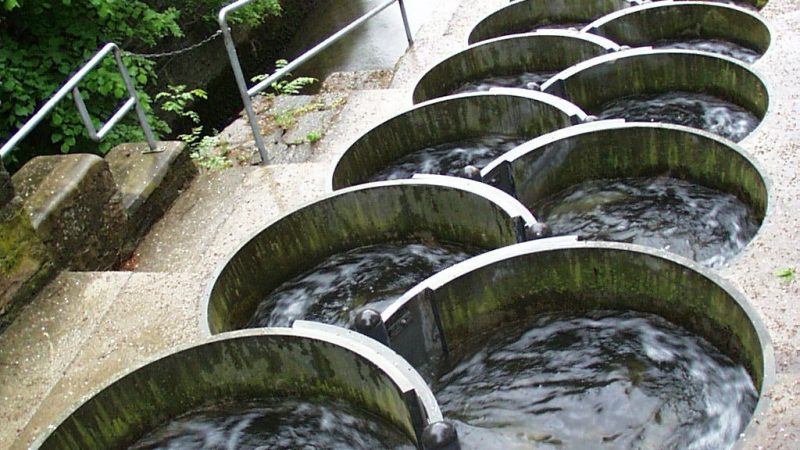The Latest Urban Lifestyle Trend: Embracing Symbiosis With Nature Within Towering Skyscrapers

In the ever-evolving world of urban living, a captivating trend is emerging that seeks to bridge the gap between the bustling cityscape and the tranquility of nature. This trend, often referred to as “biophilic design,” is reshaping modern architecture, where towering skyscrapers are transformed into lush vertical gardens, creating a harmonious symbiosis with nature.

As cities around the world grow denser and urbanization continues to rise, there is an increasing need to integrate nature into our urban environments. The concept of biophilic design acknowledges that humans have an innate connection with the natural world, and this connection can greatly enhance our well-being and quality of life.

To address this need, architects and designers are incorporating green spaces, gardens, and plant-filled interiors into skyscrapers and high-rise buildings. These urban oases not only provide a breath of fresh air in the midst of the concrete jungle but also offer numerous physical and psychological benefits to city dwellers.

One of the most striking examples of this trend is the creation of vertical forests within skyscrapers. These innovative buildings feature cascading terraces, balconies, and facades covered in a lush tapestry of plants and trees. Not only do these vertical forests improve air quality by absorbing carbon dioxide and releasing oxygen, but they also provide shade and cooling, reducing the urban heat island effect.

Cities like Milan and Nanjing have already embraced this trend with the creation of iconic vertical forest buildings. These green skyscrapers are not just architectural marvels; they are also living ecosystems that support a variety of wildlife and enhance the overall urban biodiversity.

Biophilic design goes beyond exterior greenery; it extends into interior spaces as well. In modern skyscrapers, you’ll find offices, apartments, and public spaces adorned with indoor gardens, living walls, and natural materials. These elements bring the serenity of nature into our daily lives, fostering a sense of well-being and reducing stress.

Studies have shown that biophilic interiors can enhance creativity, productivity, and mental health. Living in an environment that mimics the natural world can lead to increased happiness and a greater sense of connection with the surroundings.

The embrace of biophilic design within skyscrapers aligns with the broader push for sustainability in urban planning. Green buildings not only reduce energy consumption but also contribute to urban resilience by mitigating the effects of climate change, such as extreme temperatures and air pollution.

Moreover, biophilic skyscrapers serve as models for future urban development, inspiring architects and city planners to prioritize nature within the built environment. This trend represents a shift towards more holistic and ecologically conscious urban living.

In the quest to strike a balance between urban development and nature preservation, the emergence of biophilic skyscrapers is a remarkable step forward. These towering urban ecosystems offer a glimpse into a future where people and nature coexist harmoniously within our cities, fostering a healthier and more vibrant urban lifestyle.
As we look to the future of urban living, the embrace of biophilic design within skyscrapers reminds us that we need not sacrifice our connection to the natural world in the pursuit of urban progress. Instead, we can build towards a future where towering skyscrapers are not just symbols of human achievement but also beacons of symbiosis with the natural world.



